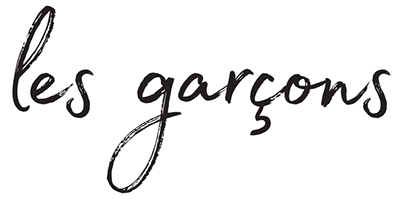Techniques used in the pattern
German short rows (making a doubled stitch)
Step 1: Knit or purl to the stitch specified in the pattern. Turn the work as instructed in the pattern.
Step 2: Bring your yarn to the front and slip one stitch purlwise.
Step 3: To make a doubled stitch, pull the yarn over the top of the right needle, towards the back of the work, to distort the stitch. It will look as if there are 2 stitches instead of 1, because the two legs of the stitch below will come up on the needle.
Step 4: If you are on the wrong side (the next stitch is a purl stitch):
Keeping some tension on the yarn to keep the stitch distorted, bring the yarn to the front between the needles to begin purling.
If you are on the right side (the next stitch is a knit stitch): Keeping some tension on the yarn to keep the stitch distorted, begin knitting.
Step 5: Repeat steps 1 to 4 until you have made the required number of doubled stitches.
Step 6: When you need to work the doubled stitches, knit or purl them as a single stitch (working both strands as a k2tog or a p2tog).
German twisted long-tail cast-on
The German twisted long-tail cast-on, also called the old Norwegian cast-on, is a stretchy cast-on. For even more stretch, hold both needles side-by-side and cast on both needles at the same time.
Jogless stripes
There are multiple ways of avoiding the jog created by knitting stripes in the round. For this pattern, I suggest the following:
Step 1: Join new colour and knit one full round.
Step 2: When you come up to the first stitch of the new colour, with your right-hand needle, lift the right leg of the stitch of the previous colour right below the first stitch of the new colour, and place it on your left-hand needle.
Step 3: Knit both the first stitch of the new colour and the lifted leg together.
Kitchener stitch
You will notice that I skip the setup for the kitchener, in order to avoid the little ears at each end of the toe.
Step 1: Insert the tapestry needle through the first stitch on the front needle as if to knit, pull the yarn through, removing the stitch from the needle.
Step 2: Insert the tapestry needle through the first stitch on the front needle as if to purl, pull the yarn through, leaving the stitch on the needle.
Step 3: Insert the tapestry needle through the first stitch on the back needle as if to purl, pull the yarn through, removing the stitch on the needle.
Step 4: Insert the tapestry needle through the first stitch on the back needle as if to knit, pull the yarnthrough, leaving the stitch on the needle.
